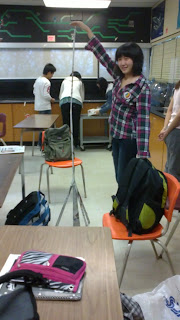Energy - ability a physical system has to do work on other physical systems
Work - transfer of energy - force acted over a distance (W = f * d)
ΔE = W
...since energy is conserved, the transfer of energy is equal to the initial energy.
However, energy can be transformed to other types
ΔE = W + Q, Q standing for heat
The major difference between energy and work is that energy is the capability to do work while work is the result of the conversion of energy. Without energy, there is no work but there could energy without work being performed. However, these terms could be used interchangeably since ΔE = W when no energy is lost.
Power - the rate at which work is done or energy is converted


















